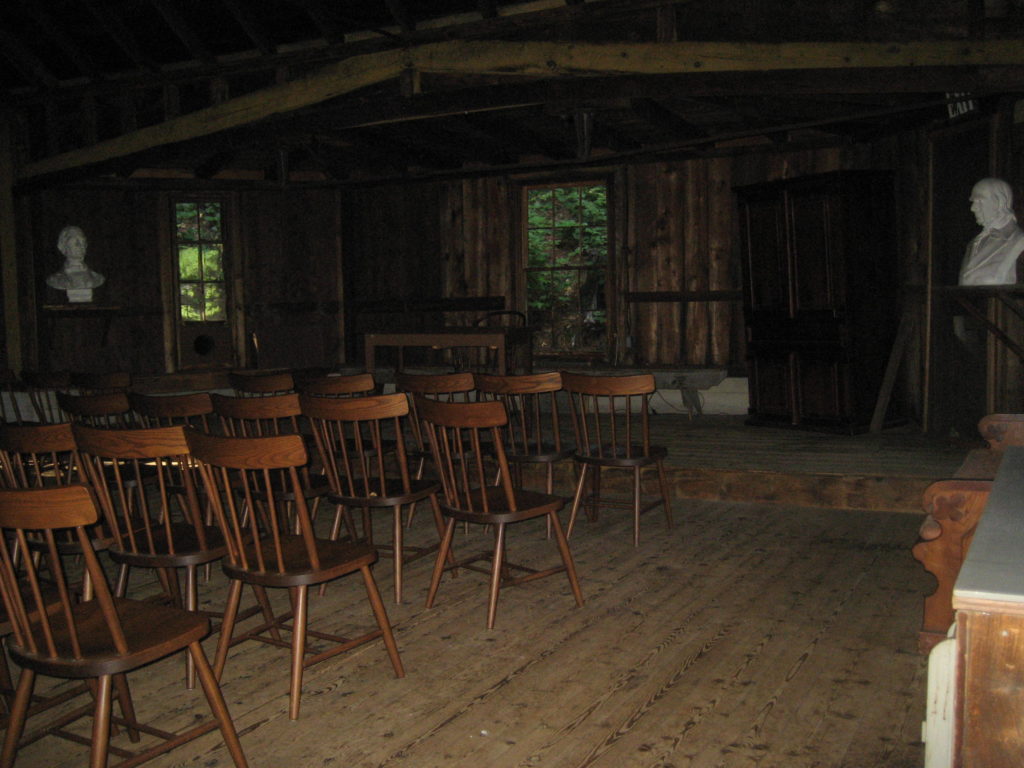When I prepped my syllabus for the “Introduction to Digital Humanities” class that I taught last year, I included Ted Nelson’s article “Complex information processing: a file structure for the complex, the changing and the indeterminate” because I wanted my students to gain some historical knowledge about how modern-day computer interfaces developed from the ideas of visionary thinkers like Nelson. At the time, I was unaware that Nelson would be a Visiting Fellow on our campus or that I would have the luxury of becoming personally acquainted with him.

Ted Nelson, who coined the term Hypertext.
My students struggled a bit with the Nelson article. Not only was it long, but his ideas didn’t seem to spark much interest. As we discussed his piece together, I pointed out just how revolutionary his thoughts were in 1965, but that seemed to have little impact on their thinking. Moreover, his ideas about hypertext, or links between words and documents seemed so obvious to their minds that it was difficult to underscore their significance. So I took a different tactic and we created a list of all of the characteristics of Nelson’s imagined platform: it would be connected and iterative and creative and collaborative. It would “grow indefinitely, gradually including more and more of the world’s knowledge.”
“Do you know of any platform like that?” I asked.
The response: Wikipedia.
When I shared their reply with Ted a few weeks later, he seemed frustrated. And I could see why. Wikipedia, although a valuable resource and an excellent knowledge repository, is not a creative space. Indeed, it tends towards being rather scripted and formulaic, as well as hierarchical in ways that don’t gel with Nelson’s vision.
My students’ response to my question about Project Xanadu points to the unrealized nature of Nelson’s early vision–we remain locked into ways of digitally writing that replicate paper and although many of us read e-books or use text-based apps of various kinds, they are simply re-presentations of analog modes of creation. But it also points out a far larger problem: that the development of our computer interfaces and software feels like a “given” to most students. They have difficulty imagining that computers could have developed a different way or with an alternate mode of interaction. Which concerns me about how they may imagine their own future–as a series of inevitabilities rather than as dynamic and evolving threads of occurrences on a canvas that they can manipulate and shape to their liking.
 Back when I was a student, I hated the first day of classes (aka Read the Syllabus Day). One semester I rather snarkily informed each of my professors how much I’d paid for their class that day, and that I didn’t feel as though I was getting my money’s worth when the day consisted of having the prof read the syllabus to me (especially because I had already rather-thoroughly perused the syllabus myself beforehand).
Back when I was a student, I hated the first day of classes (aka Read the Syllabus Day). One semester I rather snarkily informed each of my professors how much I’d paid for their class that day, and that I didn’t feel as though I was getting my money’s worth when the day consisted of having the prof read the syllabus to me (especially because I had already rather-thoroughly perused the syllabus myself beforehand).





